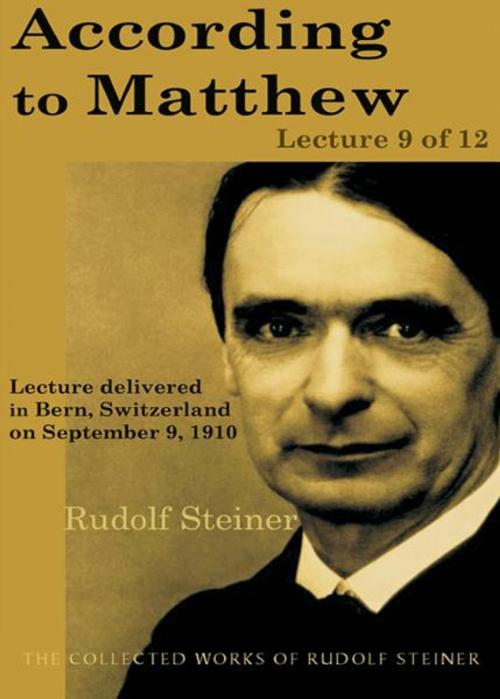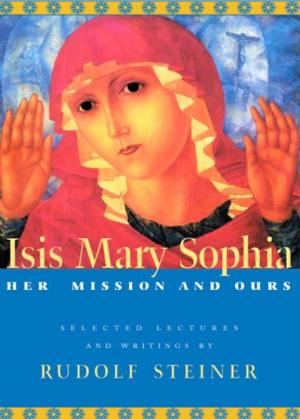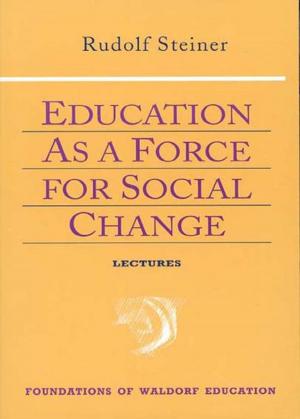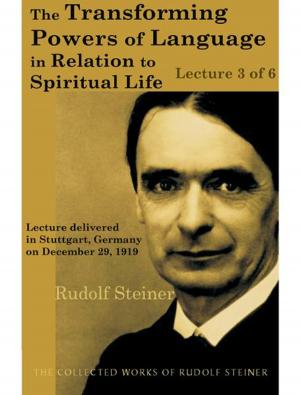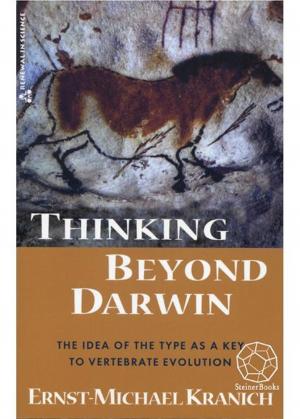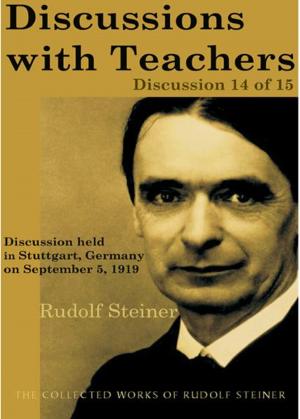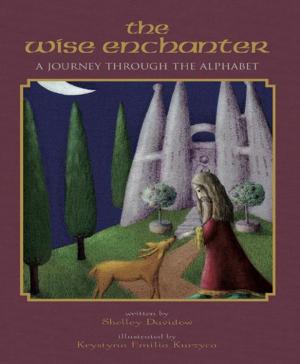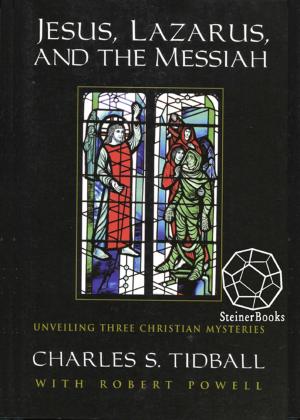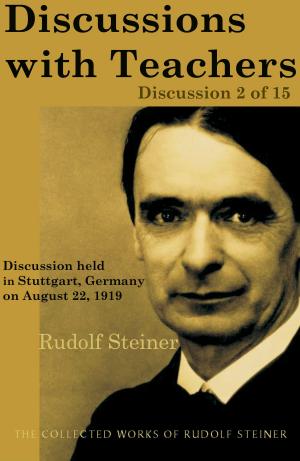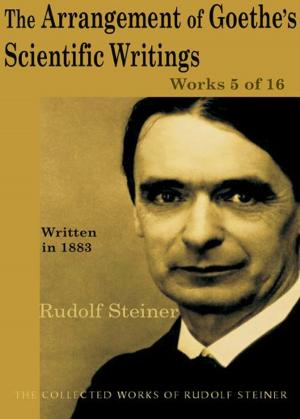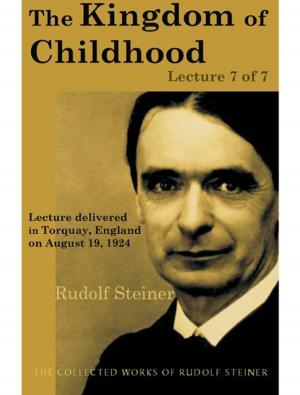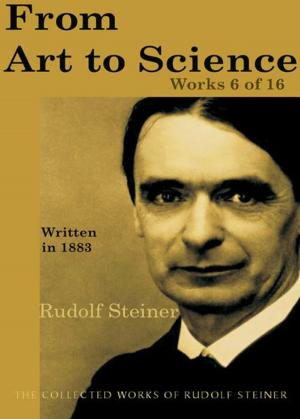| Author: | Rudolf Steiner | ISBN: | 9780880107976 |
| Publisher: | Steinerbooks | Publication: | August 1, 2003 |
| Imprint: | SteinerBooks, Collected Works 123 | Language: | English |
| Author: | Rudolf Steiner |
| ISBN: | 9780880107976 |
| Publisher: | Steinerbooks |
| Publication: | August 1, 2003 |
| Imprint: | SteinerBooks, Collected Works 123 |
| Language: | English |
This lecture is part of the collection " According to Matthew" by Rudolf Steiner. Steiner (1861-1925) was an Austrian philosopher, social reformer, architect, and esotericist. He gained initial recognition as a literary critic and cultural philosopher. At the beginning of the 20th century, he founded a spiritual movement, Anthroposophy. He is considered the father of Waldorf education, biodynamic agriculture, anthroposophical medicine and spiritual science. For centuries people have been baffled by the varying accounts of Christs life as presented in the four Gospels and have struggled to reconcile them. In these profound and stimulating lectures, Steiner addresses this conundrum. He shows how each of the Gospels presents a different lens onto Christs life and message. Here Steiner reveals the Gospel of Matthew as the one that emphasizes Christs humanity. But he does not stop there; his visionary perspective traces Christs life and message to spiritual impulses that go back centuries, even millennia, to the legendary civilization of Atlantis, to the mysterious Zarathustra, and to the Jewish sect known as the Essenes. An introduction by Richard Smoley, author of Inner Christianity, puts Steiners vision into perspective for modern readers. Once you have experienced Steiners powerful exploration of Matthew, you will never see the Gospels in the same way again. Previous translation titled The Gospel of St. Matthew. The entire Collected Works of Rudolf Steiner are available from SteinerBooks.
This lecture is part of the collection " According to Matthew" by Rudolf Steiner. Steiner (1861-1925) was an Austrian philosopher, social reformer, architect, and esotericist. He gained initial recognition as a literary critic and cultural philosopher. At the beginning of the 20th century, he founded a spiritual movement, Anthroposophy. He is considered the father of Waldorf education, biodynamic agriculture, anthroposophical medicine and spiritual science. For centuries people have been baffled by the varying accounts of Christs life as presented in the four Gospels and have struggled to reconcile them. In these profound and stimulating lectures, Steiner addresses this conundrum. He shows how each of the Gospels presents a different lens onto Christs life and message. Here Steiner reveals the Gospel of Matthew as the one that emphasizes Christs humanity. But he does not stop there; his visionary perspective traces Christs life and message to spiritual impulses that go back centuries, even millennia, to the legendary civilization of Atlantis, to the mysterious Zarathustra, and to the Jewish sect known as the Essenes. An introduction by Richard Smoley, author of Inner Christianity, puts Steiners vision into perspective for modern readers. Once you have experienced Steiners powerful exploration of Matthew, you will never see the Gospels in the same way again. Previous translation titled The Gospel of St. Matthew. The entire Collected Works of Rudolf Steiner are available from SteinerBooks.
